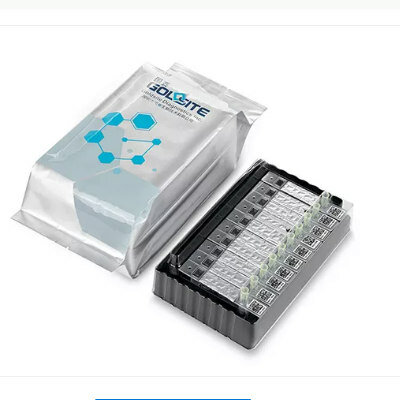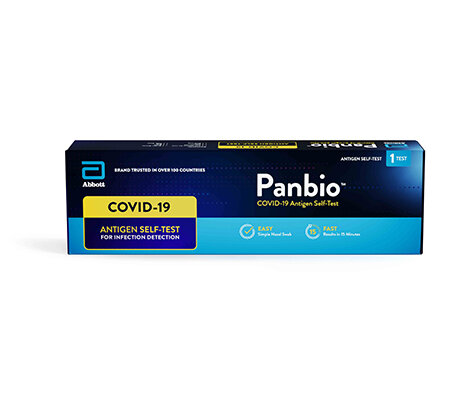Unwanted Heparin Removed from Blood
By LabMedica International staff writers
Posted on 11 Nov 2008
A new approach for removing unwanted heparin from blood involves the use of microscopic beads of a polymer made from chitosan, a material obtained from shellfish. Posted on 11 Nov 2008
Polymeric microspheres were obtained by the cross-linking of chitosan using genipin. In laboratory tests, the beads reduced concentrations of heparin to nearly zero within 10 minutes.
A main advantage of the polymeric system is that all of the basic reagents used to prepare the microspheres (chitosan, genipin, and surfactants) are inexpensive and nontoxic. The rate of heparin removal can be adjusted by changing the pH in a wide range. In order to enable heparin removal at higher pH values, cationically-modified chitosan microspheres resulted in a high rate of heparin removal, even at the pH value that is typical of blood (circa 7.4)--this enables even more medical applications of the polymer.
Doctors frequently need to remove heparin from the blood of patients who have undergone surgery or other procedures immediately after completing the procedure. If this is not done the heparin alone could lead to unwanted bleeding. Currently patients are given protamine, a drug that stops heparin's anticoagulant effects. However, protamine itself can cause serious adverse effects
The new polymer material was described by Krzysztof Szczubialka Ph.D., from the Jagiellonian University (Krakow, Poland), and colleagues in the December 8, 2008 issue of the American Chemical Society journal Biomacromolecules.
Related Links:
Jagiellonian University













